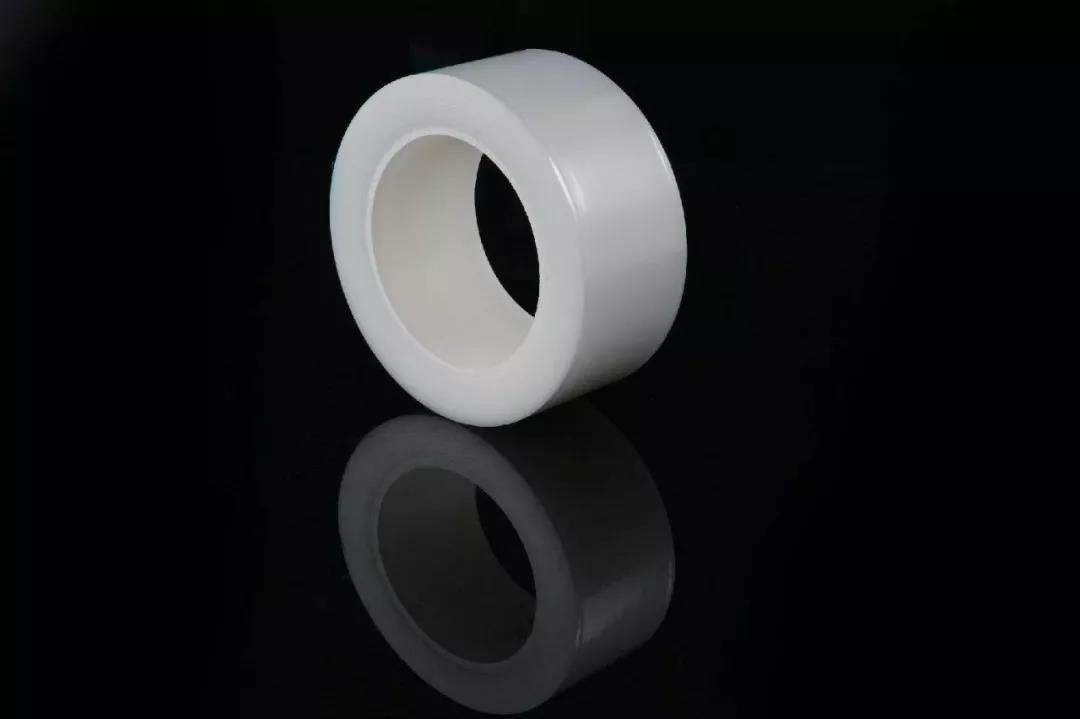What is PE protective film?
After each product is generated and completed, some external packaging is required to prevent the product from being subjected to some external force, resulting in some wear and loss. Therefore, protective shells, protective films and other products can often be seen in life or work. Protective film is one of them. Different products require different protective films for protection, depending on the material of the product.
In our daily life, the most common protective film is nothing but food protective film and related protective film of electronic products, today focused on the introduction of PE protective film, which is an essential part of the protection of industrial products. In fact, the use of PE protective film is more extensive, such as the computer industry in the hardware industry, solar panels, glass, etc., the optoelectronics industry in the backlight board, cold light film, mobile phone screen, the plastic industry in the instrument, acrylic Boards, etc., as well as printing industry, wire and cable industry, electronics industry and mobile phone digital industry and so on.
PE protective film is made of polyethylene, but depending on the density, it can be subdivided into high-density polyethylene protective film, medium-density polyethylene film, and low-density polyethylene film. It is the most common organic structure. The polymer compound is also the most widely used polymer material today. This kind of protective film has its own advantages, for example, it can protect some products from being contaminated, worn, etc. at the time of production or processing, and can protect the original smooth surface.
PE protective film applications
Why should commodity packaging materials choose protective film? One of the important added value of commodity packaging to enhance the value of the commodity is that the commodity will be packaged in the process of storage, transportation and handling of the commodity. The choice of packaging material has a lot of space. Generally, there are paper, metal, wood, plastic, rattan, etc. Among them, plastic and metal are the most widely used, and plastic and paper are the most convenient. Therefore, in the packaging industry, as a representative of plastic packaging materials, protective film is the most widely used and most convenient packaging material in the commodity packaging industry.
The protective film has many materials. There are many kinds of products with thickness and viscosity under the material. The commonly used protective film materials are PE, PET, PVC, OPP, CPP, POF, BOPP, PC, etc. There is always a suitable product. Packaging, and many kinds of protective film are often used in electronics, aerospace and other sophisticated high-tech fields. Merchants can test and select the appropriate protective film packaging according to the characteristics and performance of their own products. Most of the handicrafts and general merchandise are PE protective film, LCD TVs, mobile phones and other digital products require a PET protective film, and ordinary packaging and transportation use stretch film.
Why do PE Protective Film Leave Adhesive Residue?
1. Peel strength changes over time
No matter how high the surface gloss, the surface of the object is distributed with many tiny holes that are hard to see by the naked eye. Although pressure-sensitive adhesives are cross-linked, they still have some deformation and fluidity, especially those that are not involved in cross-linking.
As time goes on, the pressure-sensitive adhesive gradually penetrates into the gap to form an “anchor.” In addition, when the pe protective film is attached, although the pressure is relatively large, the contact area between the pressure sensitive adhesive and the surface of the material is not large, and the contact area gradually increases with the passage of time, and the pe protective film is protected from the surface to be protected. The force has also gradually increased. Both effects increase the peel strength over time.
2. Aging mechanism
The main chain of acrylate pressure-sensitive adhesive is a saturated chain, and it is difficult for general heat to break the main chain. The aging mechanism is mainly ultraviolet light aging; the aging of the substrate is mainly ultraviolet light aging. The normal use temperature has little effect on its aging performance, but the influence of ultraviolet light is greater. However, under the dual effects of heat and ultraviolet light, there is a synergistic aging effect.
3. Similar Compatibility Mechanism
Acrylic pressure-sensitive adhesives are relatively polar materials, and are easily compatible with polar materials such as acrylics, polyesters, and polyurethanes, and it is difficult to remove the pe protective film. Sometimes small molecules that are not involved in cross-linking with pressure-sensitive adhesives tend to accumulate on the surface. If there is a large interaction between the protected surface material and these small molecules, small molecules will migrate and remain.
Send your message to us:
Post time: Apr-13-2018





